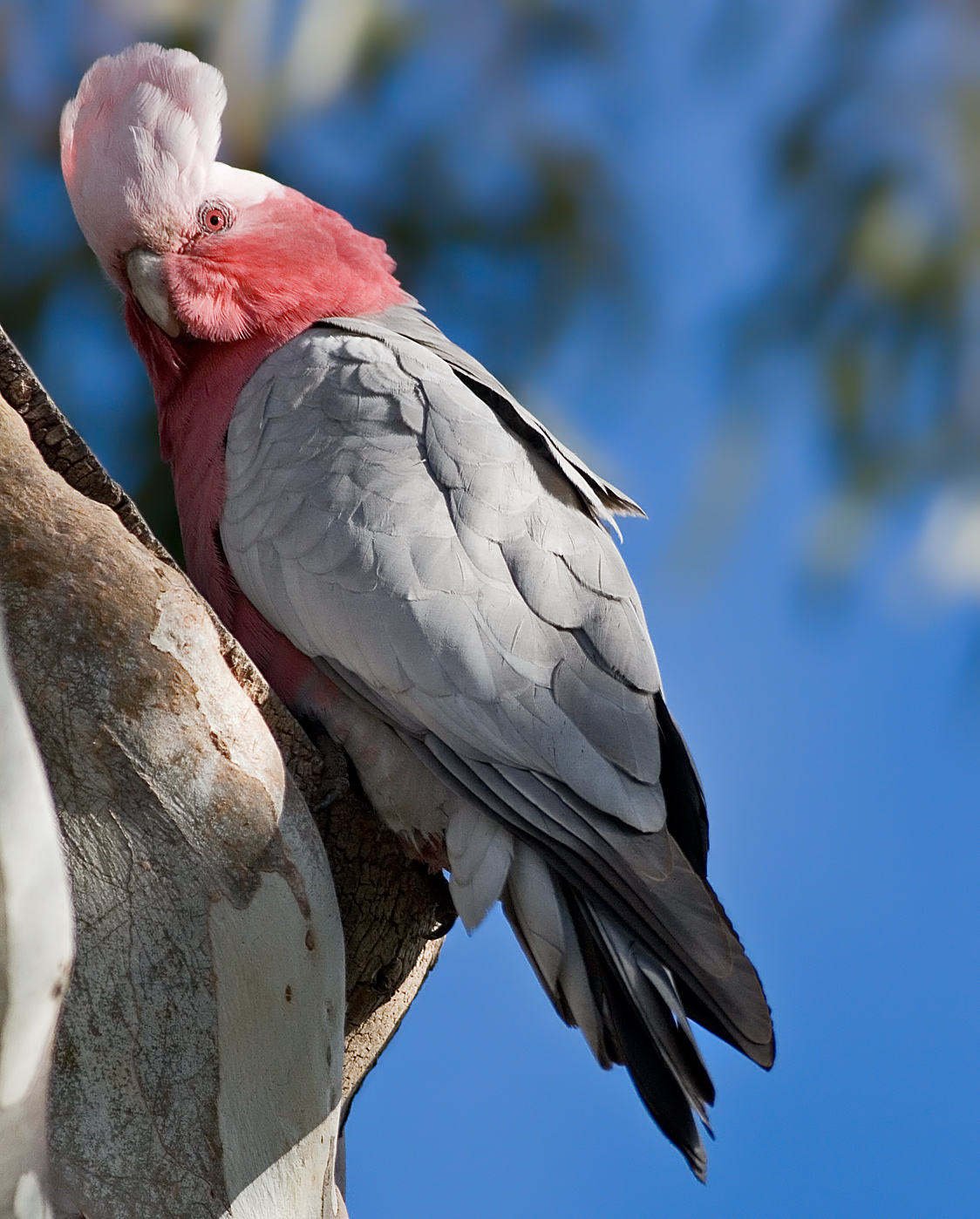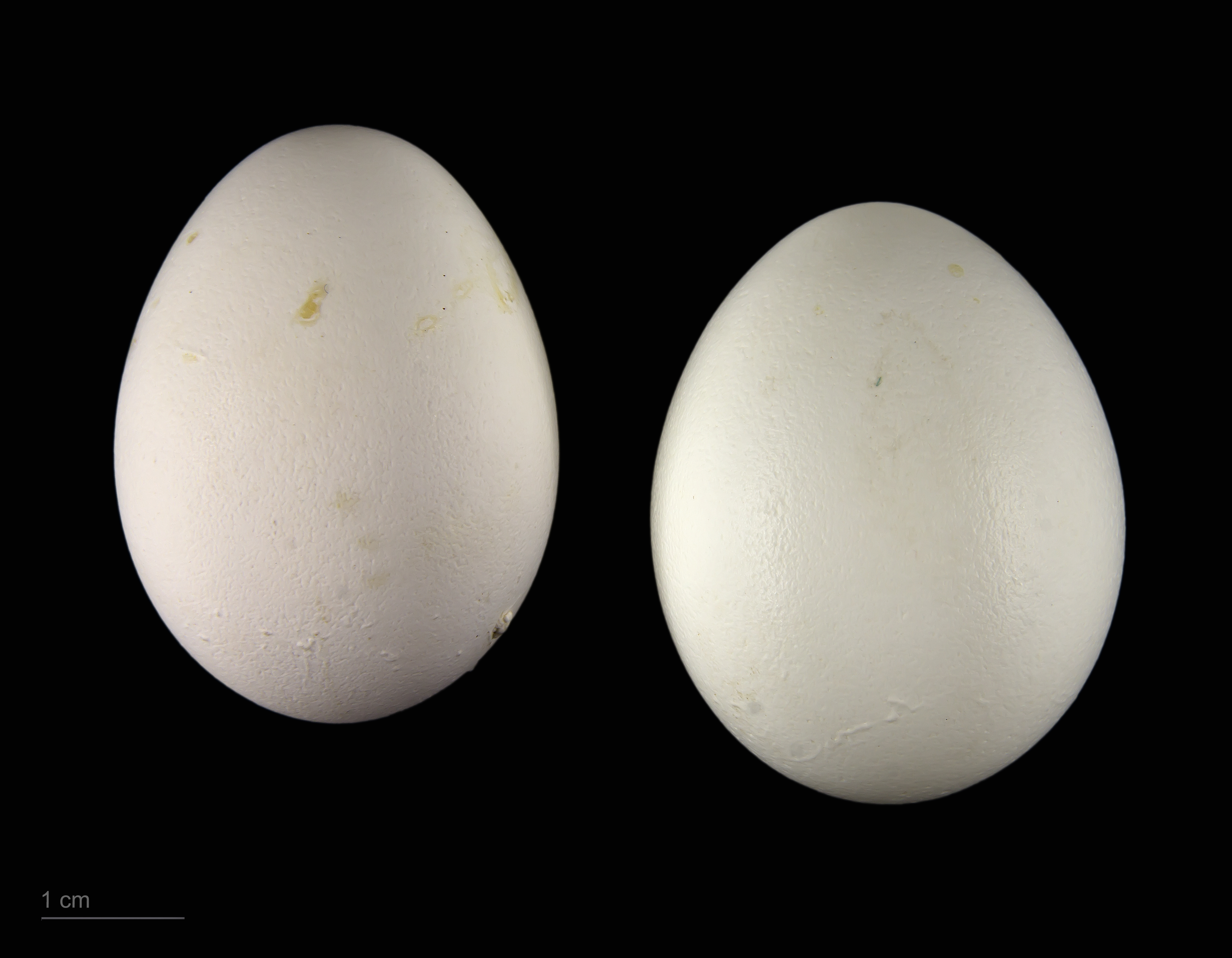|
Cacatua
''Cacatua'' is a genus of cockatoos found from the Philippines and Wallacea east to the Solomon Islands and south to Australia. They have a primarily white plumage (in some species tinged pinkish or yellow), an expressive crest, and a black (subgenus ''Cacatua'') or pale (subgenus ''Licmetis'') bill. Today, several species from this genus are considered threatened due to a combination of habitat loss and capture for the wild bird trade, with the blue-eyed cockatoo, Moluccan cockatoo, and umbrella cockatoo considered vulnerable, and the red-vented cockatoo and yellow-crested cockatoo considered critically endangered. The genus was first described by Brisson in 1790, with the white cockatoo (''C. alba'') subsequently designated as the type species. Georges Cuvier Jean Léopold Nicolas Frédéric, Baron Cuvier (; 23 August 1769 – 13 May 1832), known as Georges Cuvier, was a French natural history, naturalist and zoology, zoologist, sometimes referred to as the "founding f ... [...More Info...] [...Related Items...] OR: [Wikipedia] [Google] [Baidu] |
Callocephalon Fimbriatum (pair) -NSW -Australia-8
The gang-gang cockatoo (''Callocephalon fimbriatum'') is a parrot found in the cooler and wetter forests and woodlands of Australia, particularly alpine bushland. It is the only species placed in the genus ''Callocephalon''. Mostly mild grey in colour with some lighter scalloping (more pronounced and buffy in females), the male has a red head and crest, while the female has a small fluffy grey crest. It ranges throughout south-eastern Australia. The gang-gang cockatoo is the faunal emblem of the Australian Capital Territory. It is easily identified by its distinctive call, which is described as resembling a creaky gate, or the sound of a cork being pulled from a wine bottle. The name ''gang-gang'' comes from a New South Wales Aboriginal language, probably from one of the coastal languages, although possibly from Wiradjuri. It is probably an onomatopoeic name. Taxonomy In 1803 the British Royal Navy officer James Grant included an illustration of the gang-gang cockatoo in his ... [...More Info...] [...Related Items...] OR: [Wikipedia] [Google] [Baidu] |
Gang-gang Cockatoo
The gang-gang cockatoo (''Callocephalon fimbriatum'') is a parrot found in the cooler and wetter forests and woodlands of Australia, particularly alpine bushland. It is the only species placed in the genus ''Callocephalon''. Mostly mild grey in colour with some lighter scalloping (more pronounced and buffy in females), the male has a red head and crest, while the female has a small fluffy grey crest. It ranges throughout south-eastern Australia. The gang-gang cockatoo is the faunal emblem of the Australian Capital Territory. It is easily identified by its distinctive call, which is described as resembling a creaky gate, or the sound of a cork being pulled from a wine bottle. The name ''gang-gang'' comes from a New South Wales Aboriginal language, probably from one of the coastal languages, although possibly from Wiradjuri. It is probably an onomatopoeic name. Taxonomy In 1803 the British Royal Navy officer James Grant included an illustration of the gang-gang cockatoo in his ... [...More Info...] [...Related Items...] OR: [Wikipedia] [Google] [Baidu] |
Eolophus Roseicapilla -Wamboin, NSW, Australia -juvenile-8
The galah (; ''Eolophus roseicapilla''), also known as the pink and grey cockatoo or rose-breasted cockatoo, is the only species within genus ''Eolophus'' of the cockatoo family. Found throughout Australia, it is among the most common of the cockatoos. With its distinctive pink and grey plumage and its bold and loud behaviour, it is a familiar sight in the wild and increasingly in urban areas. It has benefited from the change in the landscape since European colonisation, and appears to be replacing the Major Mitchell's cockatoo in parts of its range. Etymology The term galah is derived from ''gilaa'', a word from the Yuwaalaraay and neighbouring Aboriginal languages spoken in north-western New South Wales. Description The galah is about in length, and weighs . It has a pale silver to grey back, a pale grey rump, a pink face and breast, and a light pink mobile crest. It has a bone-coloured beak, and the bare skin of the eye ring is carunculated. It has grey legs. The sexes ... [...More Info...] [...Related Items...] OR: [Wikipedia] [Google] [Baidu] |
Galah
The galah (; ''Eolophus roseicapilla''), also known as the pink and grey cockatoo or rose-breasted cockatoo, is the only species within genus ''Eolophus'' of the cockatoo family. Found throughout Australia, it is among the most common of the cockatoos. With its distinctive pink and grey plumage and its bold and loud behaviour, it is a familiar sight in the wild and increasingly in urban areas. It has benefited from the change in the landscape since European colonisation, and appears to be replacing the Major Mitchell's cockatoo in parts of its range. Etymology The term galah is derived from ''gilaa'', a word from the Yuwaalaraay and neighbouring Aboriginal languages spoken in north-western New South Wales. Description The galah is about in length, and weighs . It has a pale silver to grey back, a pale grey rump, a pink face and breast, and a light pink mobile crest. It has a bone-coloured beak, and the bare skin of the eye ring is carunculated. It has grey legs. The sexes a ... [...More Info...] [...Related Items...] OR: [Wikipedia] [Google] [Baidu] |
Cacatua Leadbeateri -SW Queensland-8
''Cacatua'' is a genus of cockatoos found from the Philippines and Wallacea east to the Solomon Islands and south to Australia. They have a primarily white plumage (in some species tinged pinkish or yellow), an expressive crest, and a black (subgenus ''Cacatua'') or pale (subgenus ''Licmetis'') bill. Today, several species from this genus are considered threatened due to a combination of habitat loss and capture for the wild bird trade, with the blue-eyed cockatoo, Moluccan cockatoo, and umbrella cockatoo considered vulnerable, and the red-vented cockatoo and yellow-crested cockatoo considered critically endangered. The genus was first described by Brisson in 1790, with the white cockatoo (''C. alba'') subsequently designated as the type species. Georges Cuvier Jean Léopold Nicolas Frédéric, Baron Cuvier (; 23 August 1769 – 13 May 1832), known as Georges Cuvier, was a French natural history, naturalist and zoology, zoologist, sometimes referred to as the "founding f ... [...More Info...] [...Related Items...] OR: [Wikipedia] [Google] [Baidu] |
Cacatua Galerita 2 - Austin's Ferry
''Cacatua'' is a genus of cockatoos found from the Philippines and Wallacea east to the Solomon Islands and south to Australia. They have a primarily white plumage (in some species tinged pinkish or yellow), an expressive crest, and a black (subgenus ''Cacatua'') or pale (subgenus ''Licmetis'') bill. Today, several species from this genus are considered threatened due to a combination of habitat loss and capture for the wild bird trade, with the blue-eyed cockatoo, Moluccan cockatoo, and umbrella cockatoo considered vulnerable, and the red-vented cockatoo and yellow-crested cockatoo considered critically endangered. The genus was first described by Brisson in 1790, with the white cockatoo (''C. alba'') subsequently designated as the type species. Georges Cuvier Jean Léopold Nicolas Frédéric, Baron Cuvier (; 23 August 1769 – 13 May 1832), known as Georges Cuvier, was a French natural history, naturalist and zoology, zoologist, sometimes referred to as the "founding f ... [...More Info...] [...Related Items...] OR: [Wikipedia] [Google] [Baidu] |
Eolophus
The galah (; ''Eolophus roseicapilla''), also known as the pink and grey cockatoo or rose-breasted cockatoo, is the only species within genus ''Eolophus'' of the cockatoo family. Found throughout Australia, it is among the most common of the cockatoos. With its distinctive pink and grey plumage and its bold and loud behaviour, it is a familiar sight in the wild and increasingly in urban areas. It has benefited from the change in the landscape since European colonisation, and appears to be replacing the Major Mitchell's cockatoo in parts of its range. Etymology The term galah is derived from ''gilaa'', a word from the Yuwaalaraay and neighbouring Aboriginal languages spoken in north-western New South Wales. Description The galah is about in length, and weighs . It has a pale silver to grey back, a pale grey rump, a pink face and breast, and a light pink mobile crest. It has a bone-coloured beak, and the bare skin of the eye ring is carunculated. It has grey legs. The sexes a ... [...More Info...] [...Related Items...] OR: [Wikipedia] [Google] [Baidu] |
Long-billed Corella
The long-billed corella or slender-billed corella (''Cacatua tenuirostris'') is a cockatoo native to Australia, which is similar in appearance to the little corella. This species is mostly white, with a reddish-pink face and forehead, and has a long, pale beak, which is used to dig for roots and seeds. It has reddish-pink feathers on the breast and belly. Taxonomy The long-billed corella does not have any recognized subspecies. The first formal written description was by German naturalist Heinrich Kuhl in 1820. It is one of several related species of cockatoos called corellas and classified in the subgenus ''Licmetis'' within the genus ''Cacatua'', members of which are known as "white cockatoos". Description The adult long-billed corella measures from 38 to 41 cm in length, has a wingspan around 80–90 cm, and averages 567 g in weight. It has a long, bone-coloured beak, and a rim of featherless, bluish skin around the eyes. The plumage is predominantly white ... [...More Info...] [...Related Items...] OR: [Wikipedia] [Google] [Baidu] |
Red-vented Cockatoo
The red-vented cockatoo (''Cacatua haematuropygia''), also known as the Philippine cockatoo and locally katala, abukay, agay or kalangay, is a species of cockatoo. It is endemic to the Philippines though pressured by various environmental degradation and illegal pet trades, the population of the Philippine cockatoo is somehow growing owing to Katala Organization.It is roughly the size and shape of the Tanimbar corella, but is easily distinguished by the red feathers around the vent. It is threatened by habitat loss and the cage-bird trade. Description The plumage is all white with red undertail coverts tipped white, yellowish undertail and pale yellow underwings. It is long and has an wingspan. Ebird describes it is "A rare large parrot of forest on Palawan and several other scattered islands. Heavily persecuted. Can roost on small islets or in mangroves and forage in more open areas, including agricultural fields. Mostly white with a pale yellowish cheek, undertail, and und ... [...More Info...] [...Related Items...] OR: [Wikipedia] [Google] [Baidu] |


.jpg)

